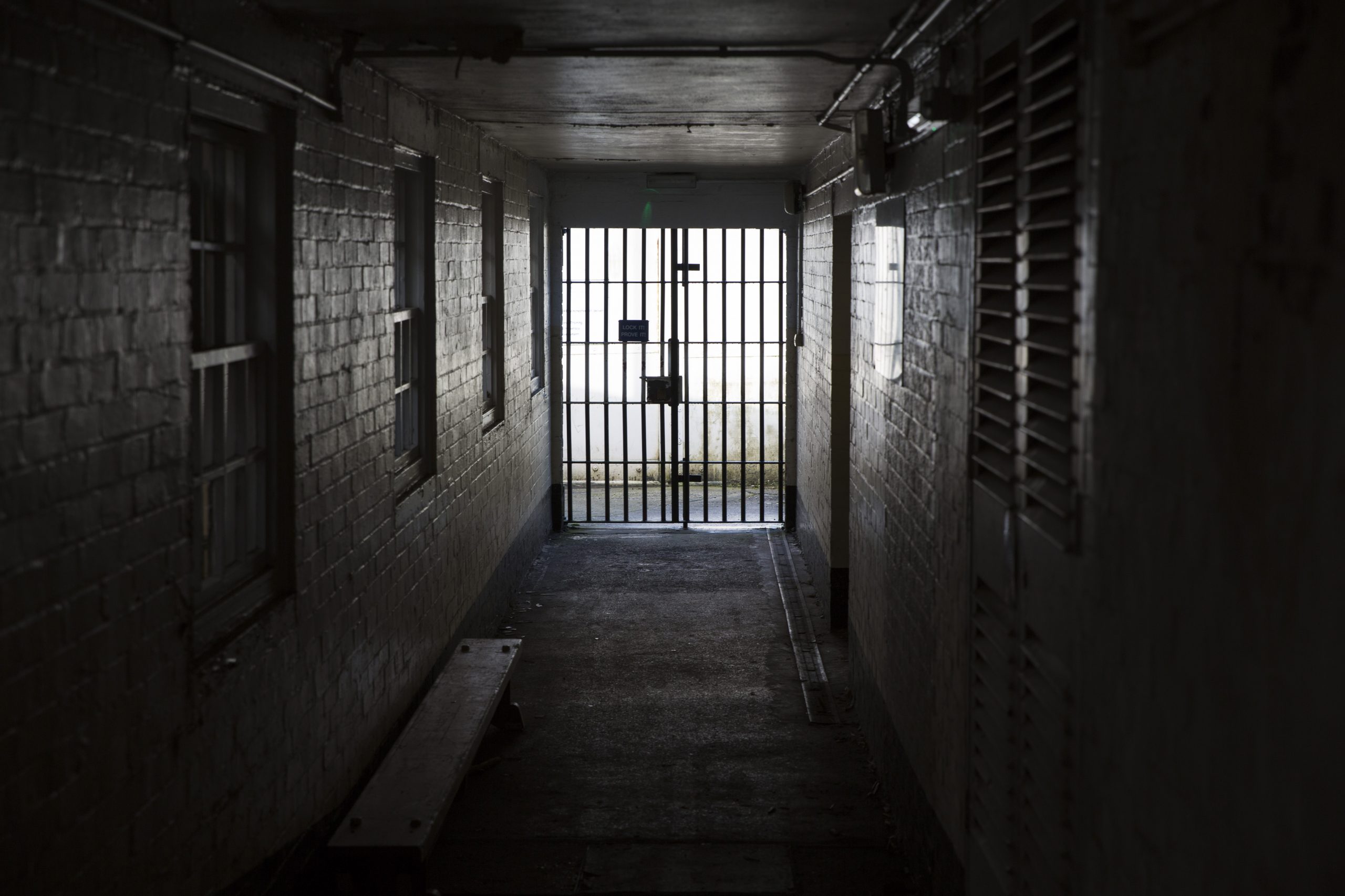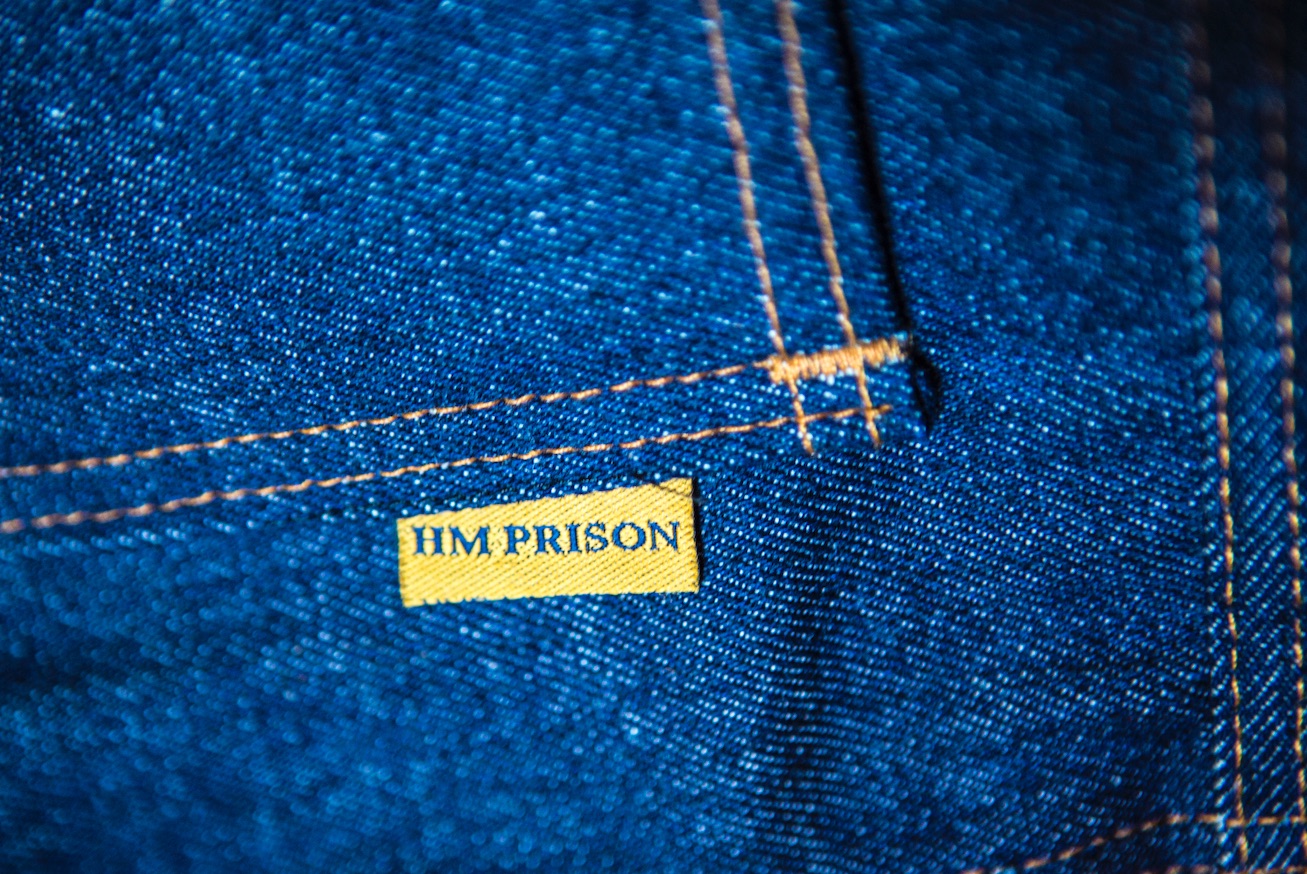Almost four out of 10 prisoners (38%) felt unsafe at HMP Whitemoor in Cambridgeshire according to a report that raises concern about the use of segregation at the category A prison. The number of prisoners in segregation had increased post lockdown, and the average length of stay had nearly doubled to an ‘excessive’ 95 days.
HM Prison Inspectorate found that the increased anxiety about personal safety was ‘a combination of those who felt physically unsafe and those who had anxieties about the pandemic’. The jail experienced a COVID-19 outbreak in March and, at its peak, ‘around 250 staff were off work, which prevented the delivery of a decent regime’.
At the time of the inspection, the prison had not had a case for 12 weeks. ‘Most prisoners could be out of their cells for two to two-and-a-half hours each day, which was better than at many other prisons,’ the chief inspector Peter Clarke noted.
Whitemoor was holding around 450 prisoners at the time of the visit and most were high risk serving indeterminate sentences and had been at the establishment for over a year. Levels of violence and self-harm had fallen at the start of the pandemic. ‘However, they were now rising, and self-harm had returned to pre-restriction levels,’ Clarke wrote.
The key barrier to family contact was a shortage of telephones. The prison had tried to source additional wing telephones but this had been refused as the prison service was going to deliver mobile phones for use in prisons. ‘However, by the time these phones had arrived at Whitemoor, guidance had been issued preventing their use in the high-security estate,’ the report noted.







